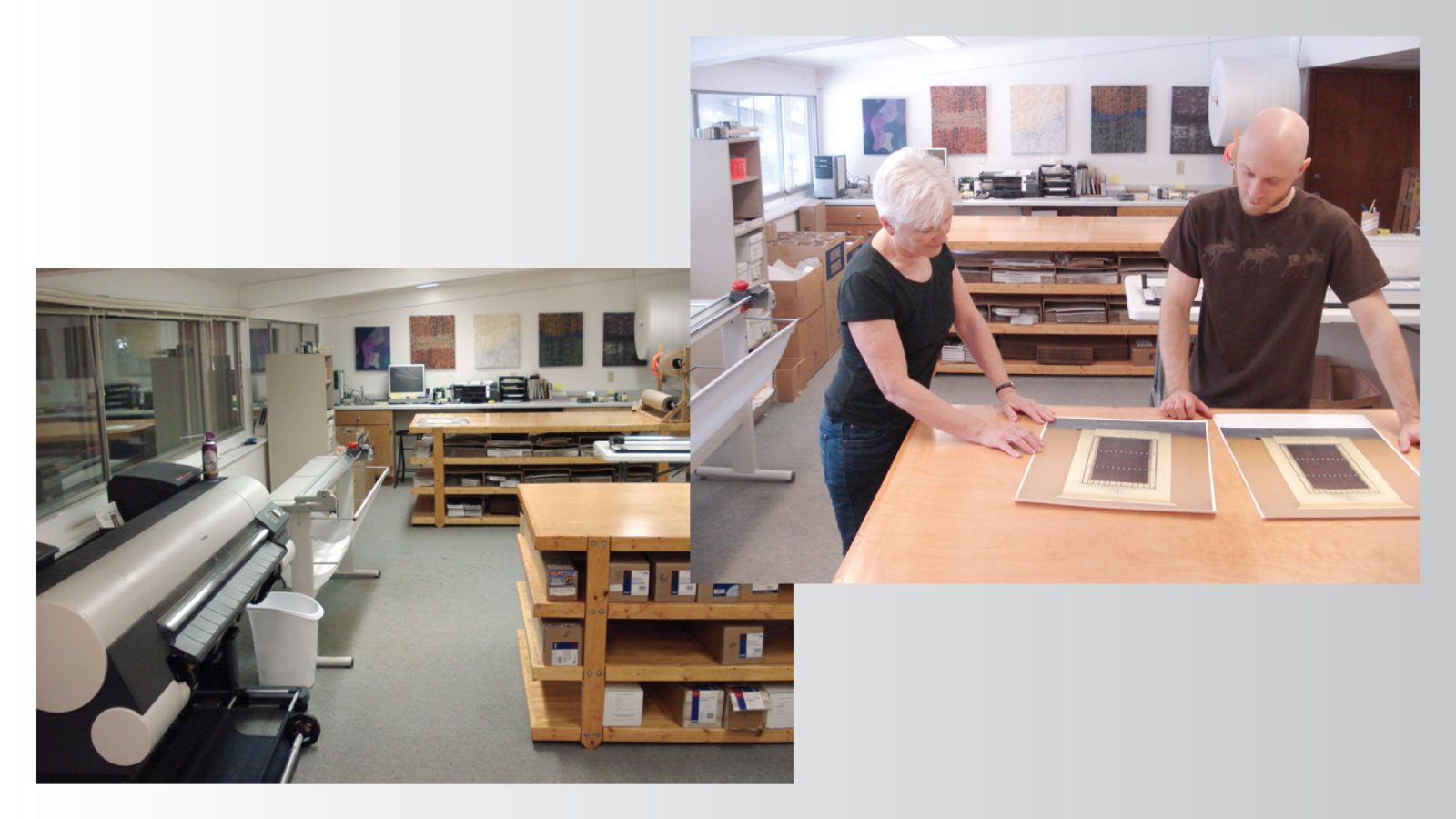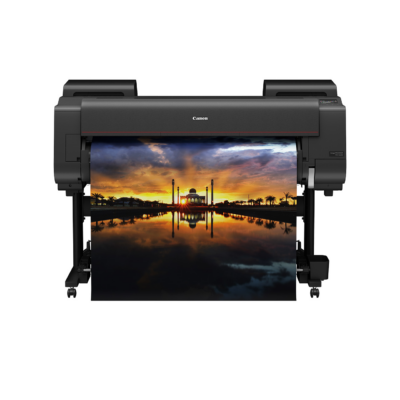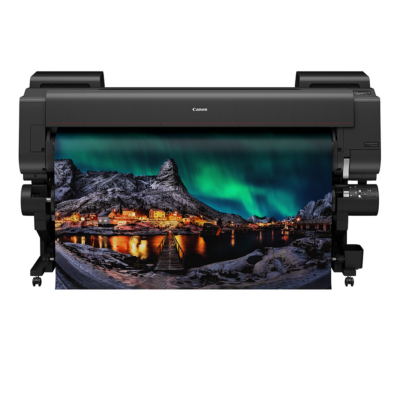Colour matching: How switching to a Canon professional printer made all the difference for this small business
Winning the business with Canon colour matching
Knowing the difference between tan and taupe, purple and violet, and umpteen shades of black, is exactly what it took for Tom and Barbara Crozier to win the business of the Art Institute of Chicago, the Milwaukee Museum of Art, and a slew of discerning artists, photographers and visual designers.
The Croziers are the Wisconsin-based owners of Picture Salon, known for its expertise in colour-matching and Giclee, the production of fine art digital prints made on ink-jet printers. “We process on average 20 jobs per day and insist on delivering a perfect product for each one,” says Barbara.
Trouble was, the first printer line they purchased for Picture Salon ended up letting them down. It didn’t come stocked with the black ink options they needed. With each new order, the Croziers had to swap the glossy for the matte black, resulting in wasted ink. What’s more, the printer would launch numerous, unnecessary cleaning cycles, eating up even more ink. “My jaw clenched every time I heard the cleaning cycle kick in as I knew it was just flushing revenue down the drain,” Barbara adds.
After 18 months of clenched jaws, the Croziers re-strategized. They took a step back, did their printer research once again, and opted to purchase a Canon imagePROGRAF 44-inch, 12-colour model. The change in results was drastic. To start, the imagePROGRAF carried both versions of black ink at once, and the cleaning cycles were more efficient. In the five years since they purchased their first Canon imagePROGRAF, they have only had to call service once. The Croziers have since grown their fleet to three 12-colour Canon models, including one imagePROGRAF 60-inch and one imagePROGRAF 17-inch.
“The impact on our bottom-line since switching to a Canon printer has been very noticeable,” says Tom. “Now, we just take up the reel, connect the canvas to it and let it print by itself—without having to babysit.”
Read the full case study here:







